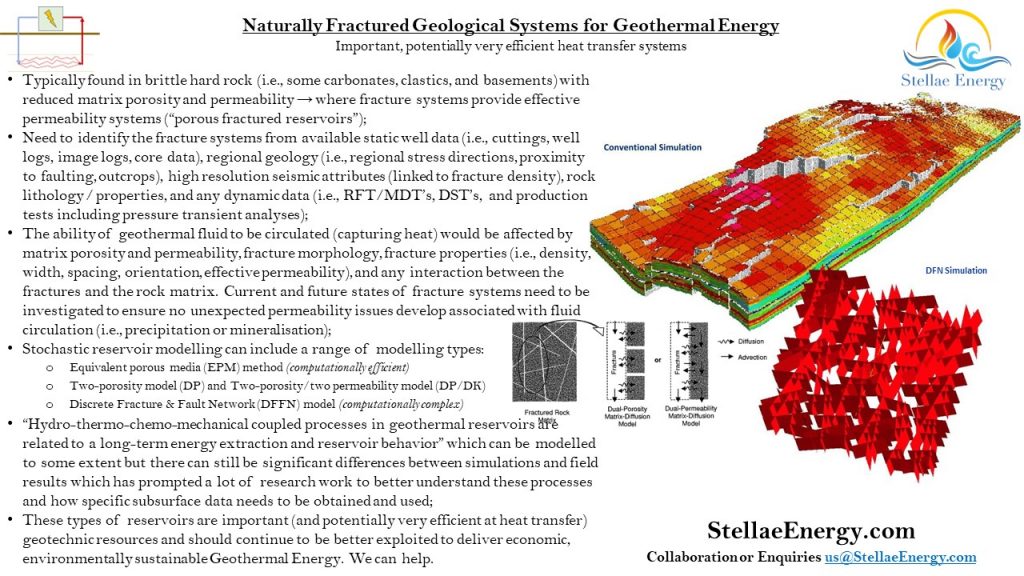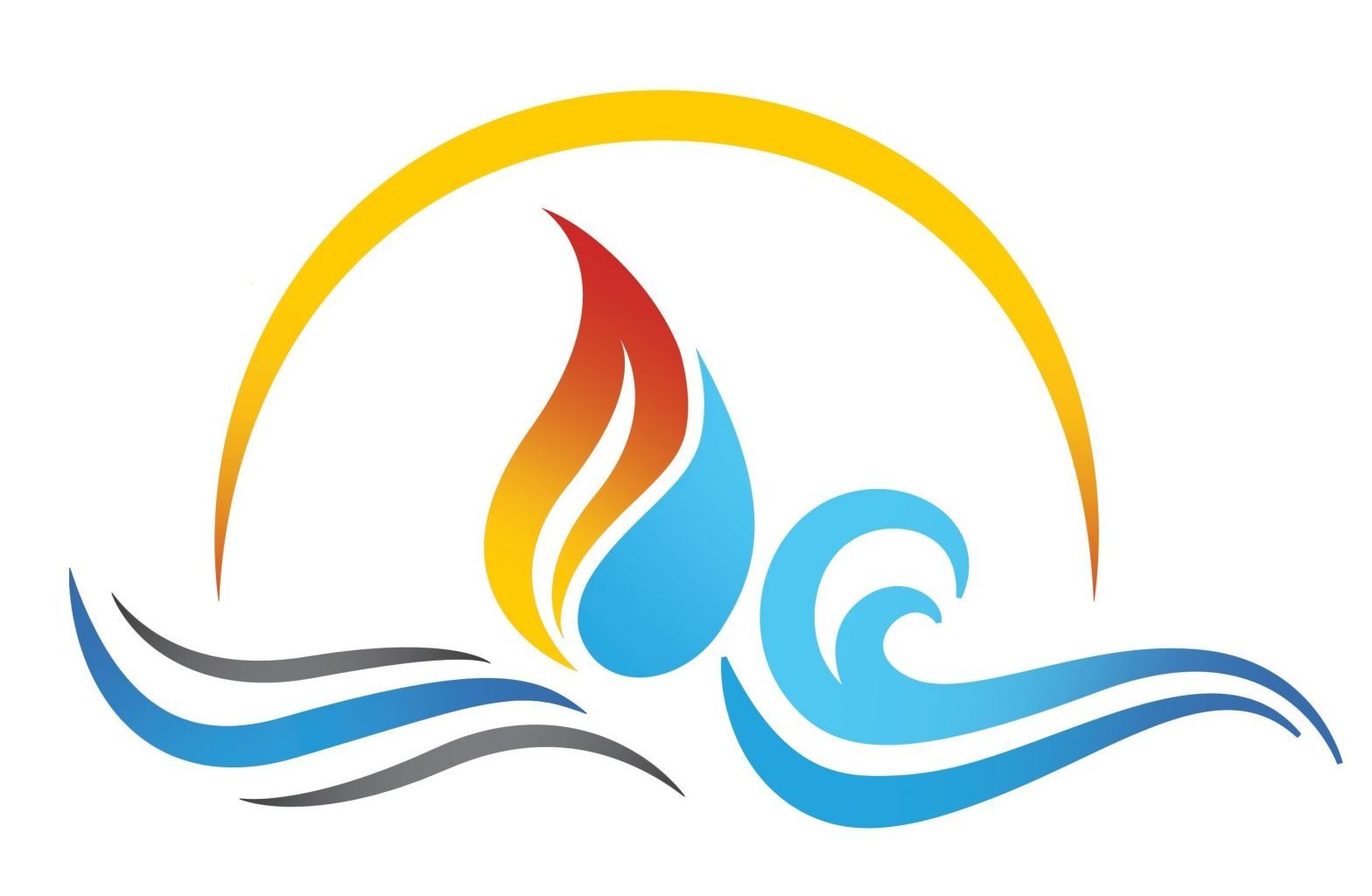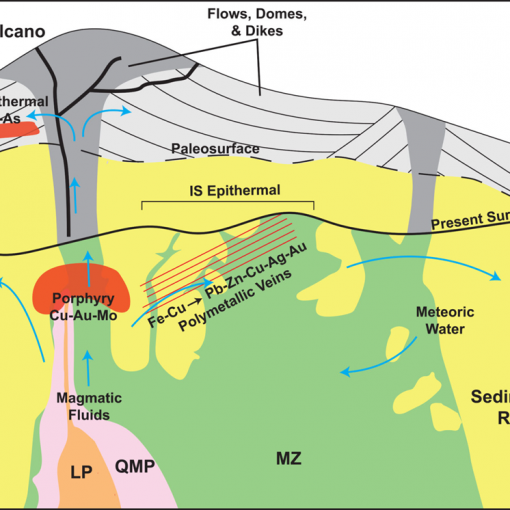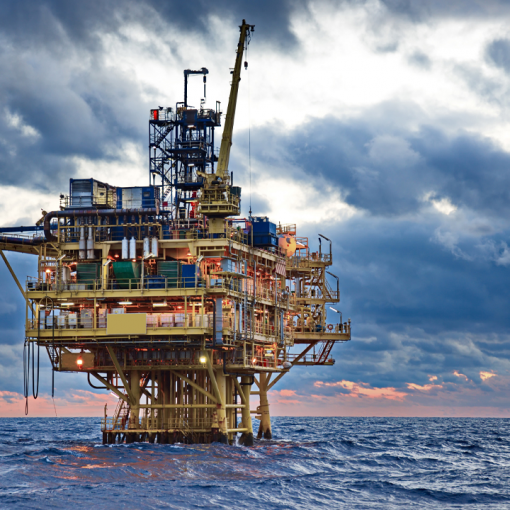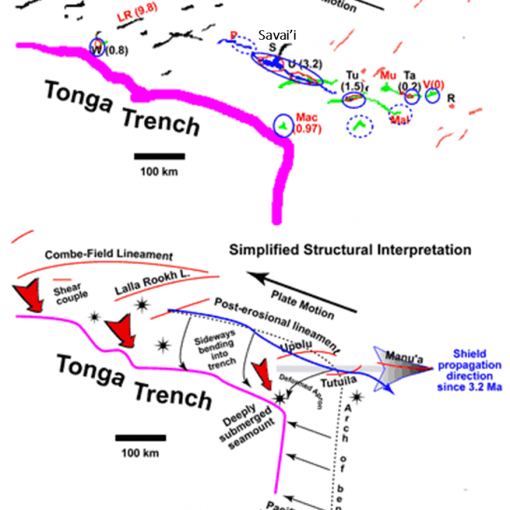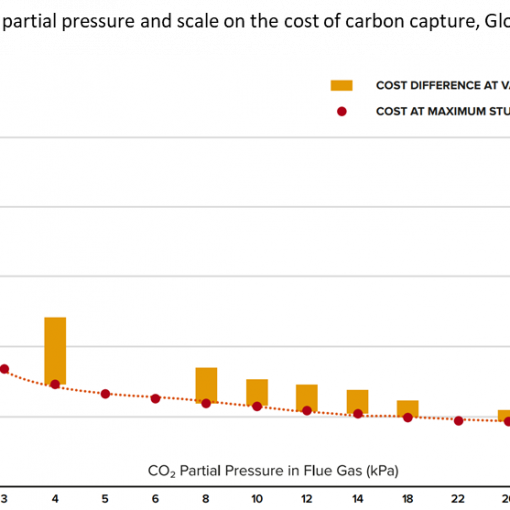Another type of reservoir potentially able to be used to capture Geothermal Energy is naturally fractured geological systems. Significantly recognised for potential hydrocarbon production over the past decade, some of these reservoirs may have good effective permeability to be repurposed later to facilitate the circulation of heat transfer fluids for efficient heat capture and the production of Geothermal Energy. Careful investigation of geophysical, geological and well data available and subsequent reservoir simulation modelling is needed to identify and derisk these reservoirs.
For collaboration or enquiries, contact us@stellaeenergy.com .
- Typically found in brittle hard rock (i.e., some carbonates, clastics, and basements) with reduced matrix porosity and permeability → where fracture systems provide effective permeability systems (“porous fractured reservoirs”);
- Need to identify the fracture systems from available static well data (i.e., cuttings, well logs, image logs, core data), regional geology (i.e., regional stress directions, proximity to faulting, outcrops), high resolution seismic attributes (linked to fracture density), rock lithology / properties, and any dynamic data (i.e., RFT/MDT’s, DST’s, and production tests including pressure transient analyses);
- The ability of geothermal fluid to be circulated (capturing heat) would be affected by matrix porosity and permeability, fracture morphology, fracture properties (i.e., density, width, spacing, orientation, effective permeability), and any interaction between the fractures and the rock matrix. Current and future states of fracture systems need to be investigated to ensure no unexpected permeability issues develop associated with fluid circulation (i.e., precipitation or mineralisation);
- Stochastic reservoir modelling can include a range of modelling types:
- aEquivalent porous media (EPM) method (computationally efficient)
- Two-porosity model (DP) and Two-porosity/two permeability model (DP/DK)
- Discrete Fracture & Fault Network (DFFN) model (computationally complex)
- “Hydro-thermo-chemo-mechanical coupled processes in geothermal reservoirs are related to a long-term energy extraction and reservoir behavior” which can be modelled to some extent but there can still be significant differences between simulations and field results which has prompted a lot of research work to better understand these processes and how specific subsurface data needs to be obtained and used;
- These types of reservoirs are important (and potentially very efficient at heat transfer) geotechnic resources and should continue to be better exploited to deliver economic, environmentally sustainable Geothermal Energy. We can help.
geothermal #renewableenergy #fractures #energytransition #circulareconomy
